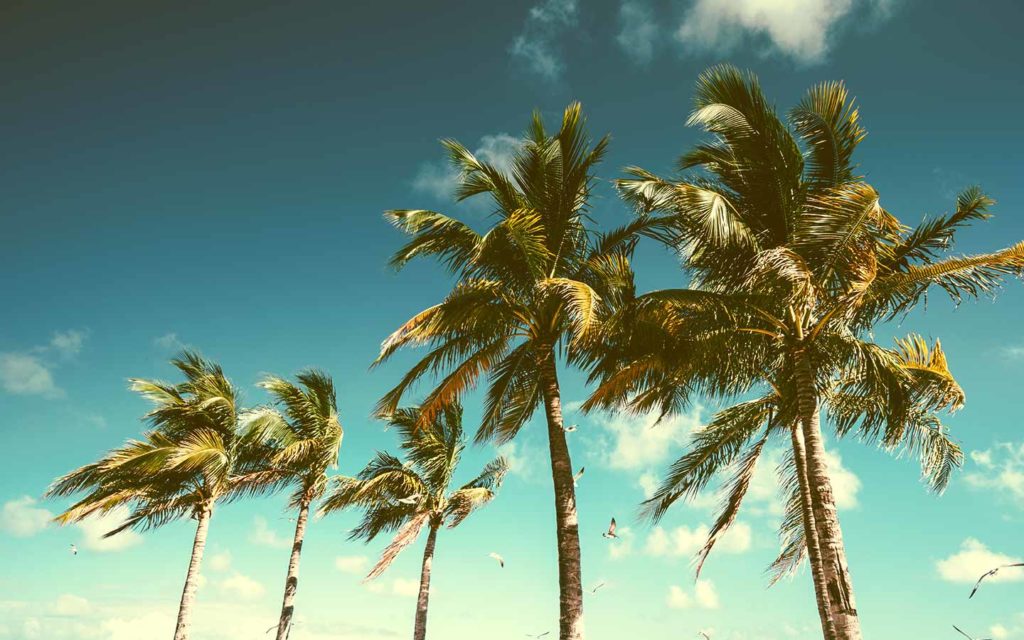A few years ago, while traveling in Florida, I gazed around at that lush, overgrown landscape and I thought, Someone needs to write a grand novel about this place. And it must be set in the Roaring Twenties, when Florida was filling up with playboys and bootleggers, and there must be a ruined plantation house, and two brothers and a woman caught between them, and it must be rich and elegant and packed with psychological power, and everything you think you know about these people must turn on its head, and…
Well, out of that rush of visceral inspiration came Cocoa Beach, and I like to think that if Daphne du Maurier had perhaps had a literary affair with F. Scott Fitzgerald, their love novel might look something like this.<
But Cocoa Beach was not an easy book to write. I soon realized I was creating a novel of intense historical suspense, a gothic story swinging between the lush hedonism of 1920s Florida and the stark battlefields of the First World War. The technical challenge of writing in two alternating time periods, in two interlocking narrative arcs—the architecture of which is far more complicated than readers should ever realize—forced me to re-learn the craft all over again. Moreover, its protagonist, Virginia Fortescue, combines strength and thrice-wounded vulnerability in my most complex psychological portrait since Tiny Little Thing, while the love story at the book’s core packs the same bittersweet emotional punch as that in Along the Infinite Sea.
In fact, by the time I finished writing Cocoa Beach, I was so drained that I thought I never wanted to write another book. (This is a thing that happens to authors.) Luckily my London publisher read the finished draft and sent an ecstatic email at just the right moment, to tell me that far from being the career-killing disaster of my worst fears, this novel was the opposite, was brilliant, was an absolutely stand out book (her words!) and possibly my best yet.
I hope you’ll agree with Martha. Cocoa Beach lands in bookstores today.

